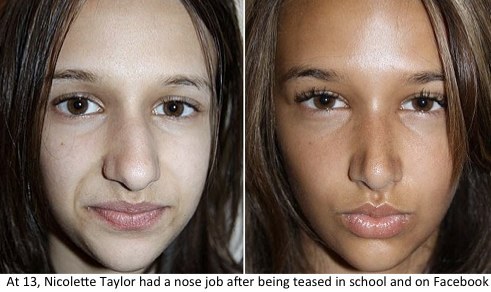Upper eyelid blepharoplasty
Facial plastic surgery: Does it make you look younger or more attractive?
A recent study in the Journal of the American Medical Association: Facial Plastic Surgery looked at how much younger people appeared after certain facial plastic surgery procedures. It involved one rater looking at before pictures and guessing the patient’s age and rating their attractiveness. A different rater did the same with the after photos and the results were compared. On average, the patients looked 3.1 years younger and were slightly more attractive. The problem with the study was that the same person didn’t see the before and after photos together, which is typically where the most difference is noted and what would happen in real life with a patient’s acquaintances. But it does highlight a question: Does plastic surgery make you look younger or more attractive, and is this actually the goal?
Expectations around facial plastic surgery
When discussing patients’ expectations before eyelid & brow surgery, I try and stress that I’m not trying to shave off years, just trying to improve their peripheral vision with the added benefit that they won’t look as tired or angry. We all know that there is “good old” and “bad old” when it comes to how people age. Some patients, although into their 70’s or 80’s, still stand up straight, show good muscle tone and weight, and carry themselves like much younger people. While many patients in their 40’s to 60’s are just the opposite: overweight, sedentary, with poor skin and poor diet. Plastic surgery isn’t likely to make this second group significantly more attractive or youthful, given all the other factors making them look prematurely older. A red flag that someone is going to be unhappy after surgery, no matter how good the outcome, is their expectation that changing this one small aspect of their appearance will solve their problem of not feeling young or attractive. It just doesn’t work like that.
What I hope my patients can understand is that we are all aging chronologically at the same rate, which no one escapes. No one can expect to look younger than the calendar suggests if they aren’t taking the best care of their bodies. We can slow the feeling of inevitable degeneration by first living a healthful life and only addressing those aspects we can’t otherwise change, such as baggy eyelids or a sagging brow, with facial plastic surgery or other procedure. Patient’s with these realistic expectations are nearly always satisfied with their outcomes and will radiate both youth and attractiveness to the people they know and love.





